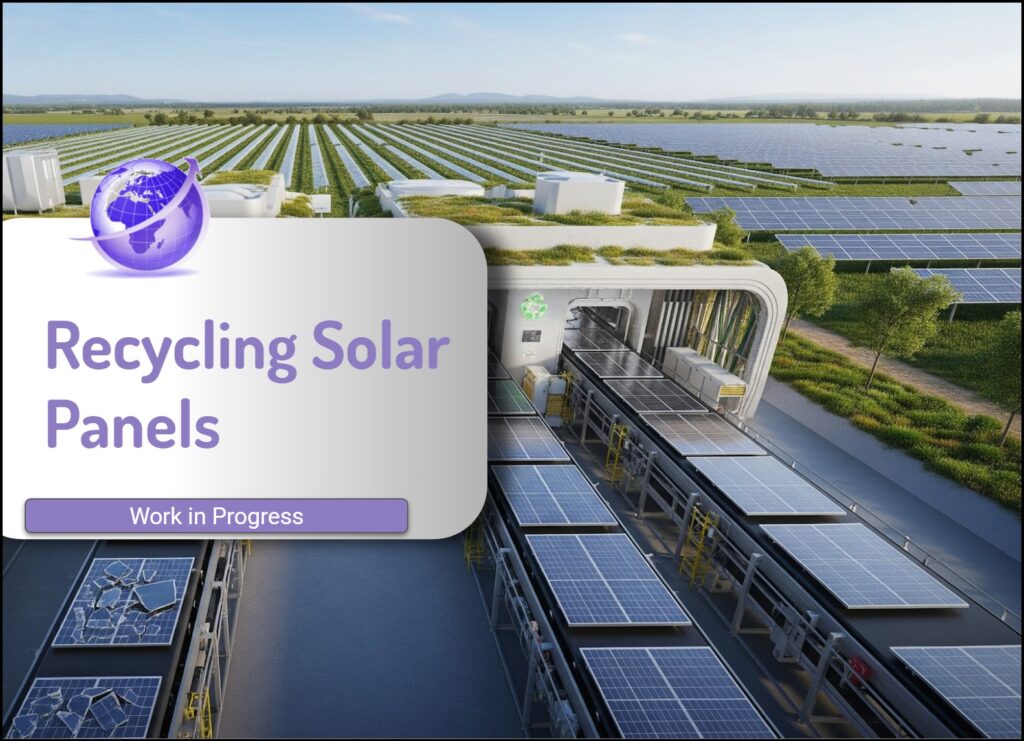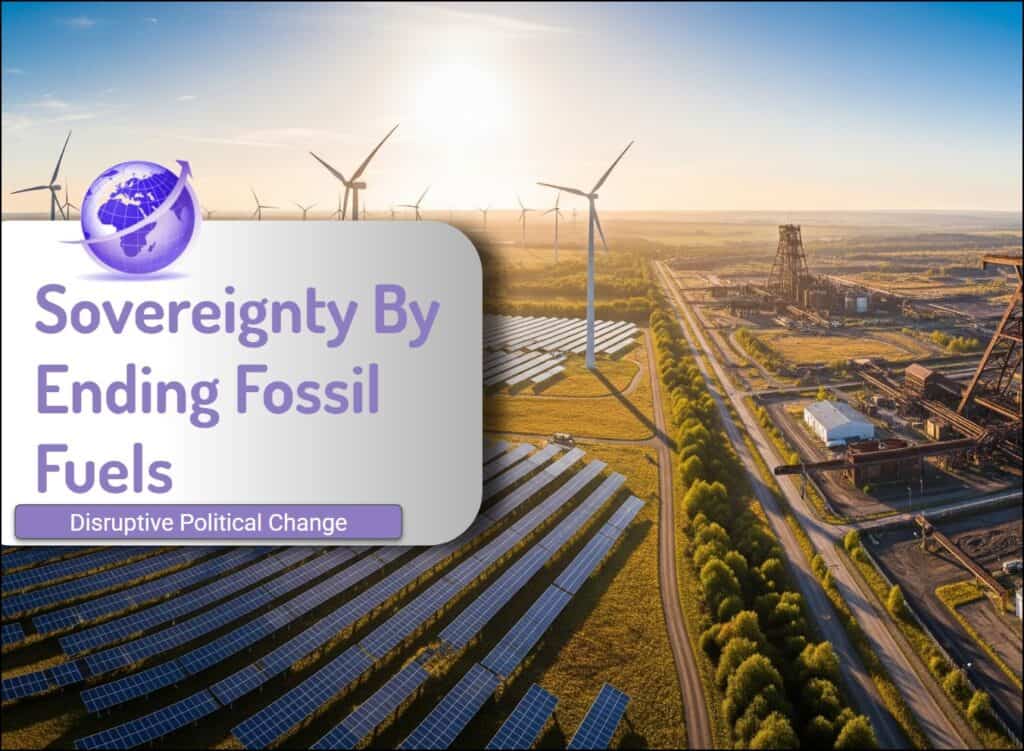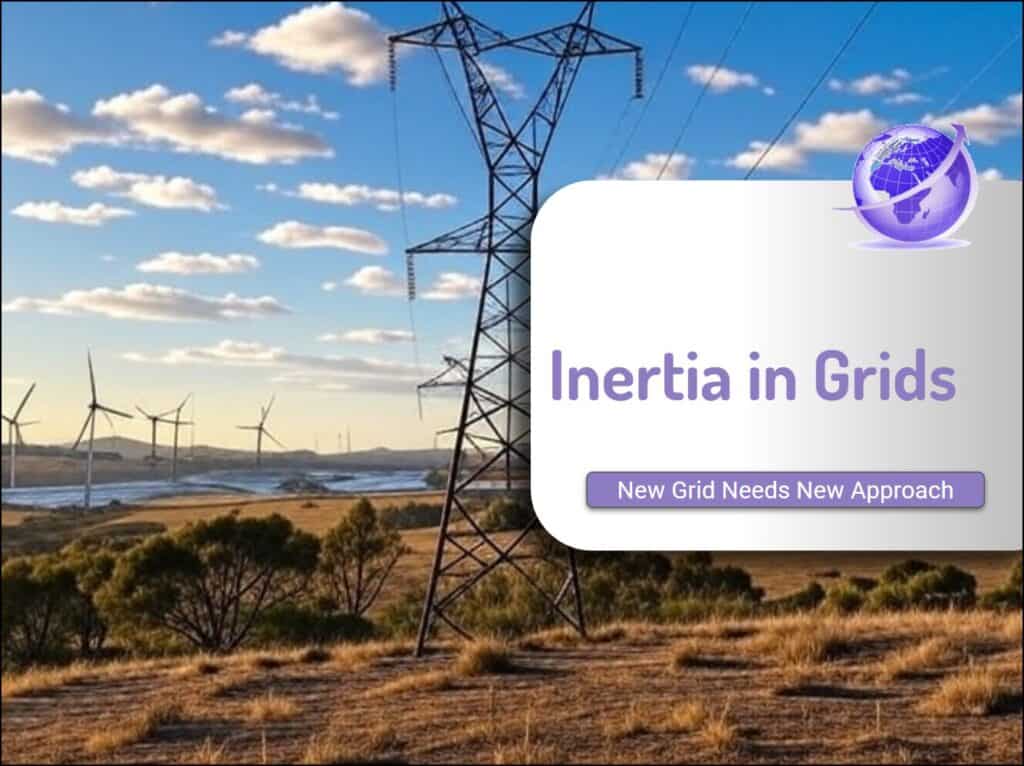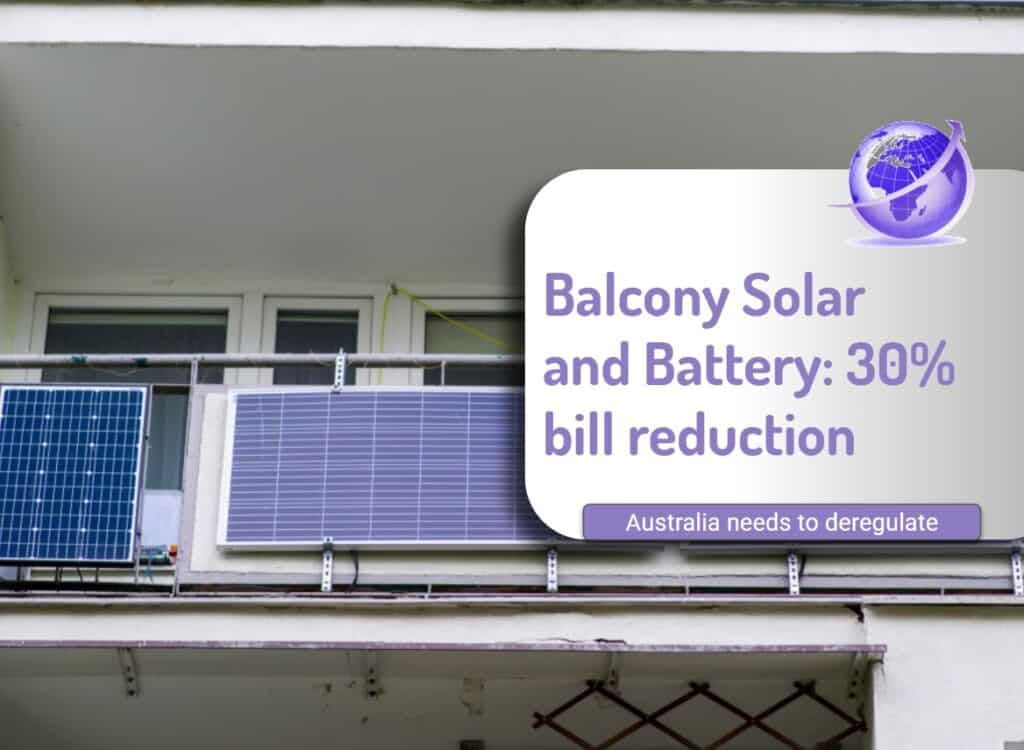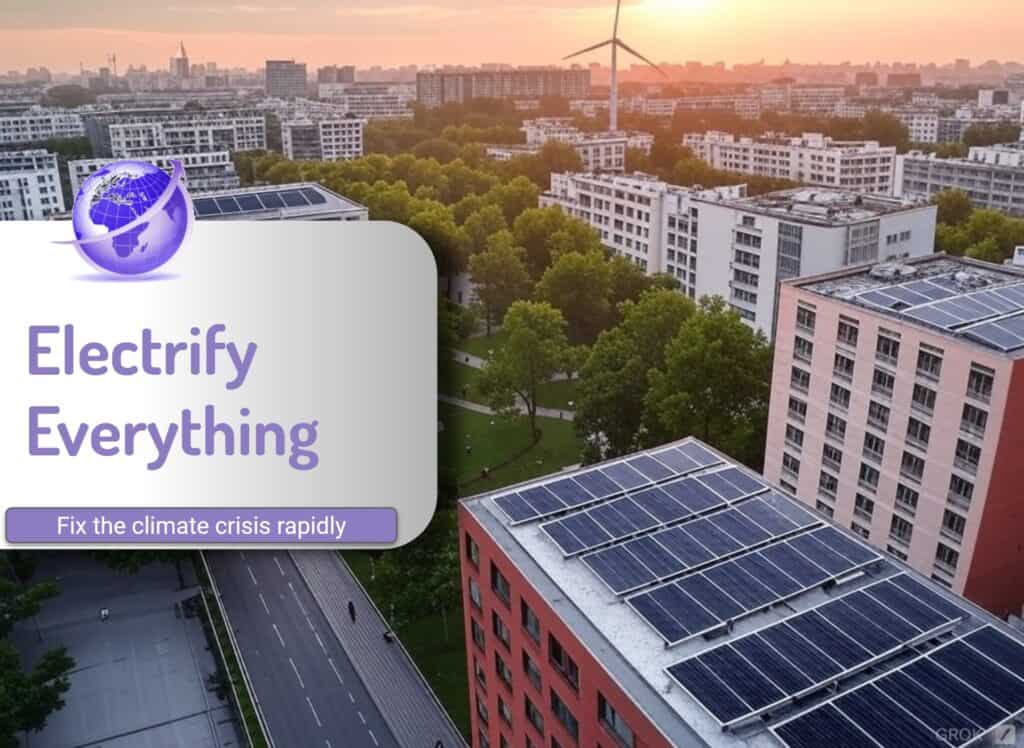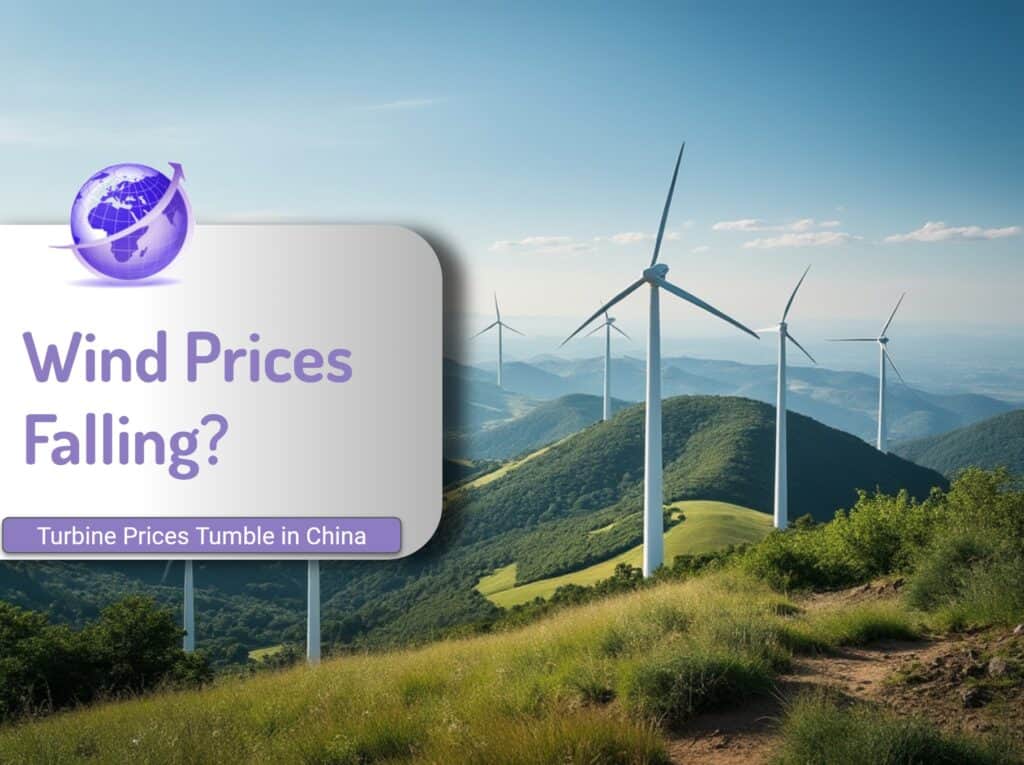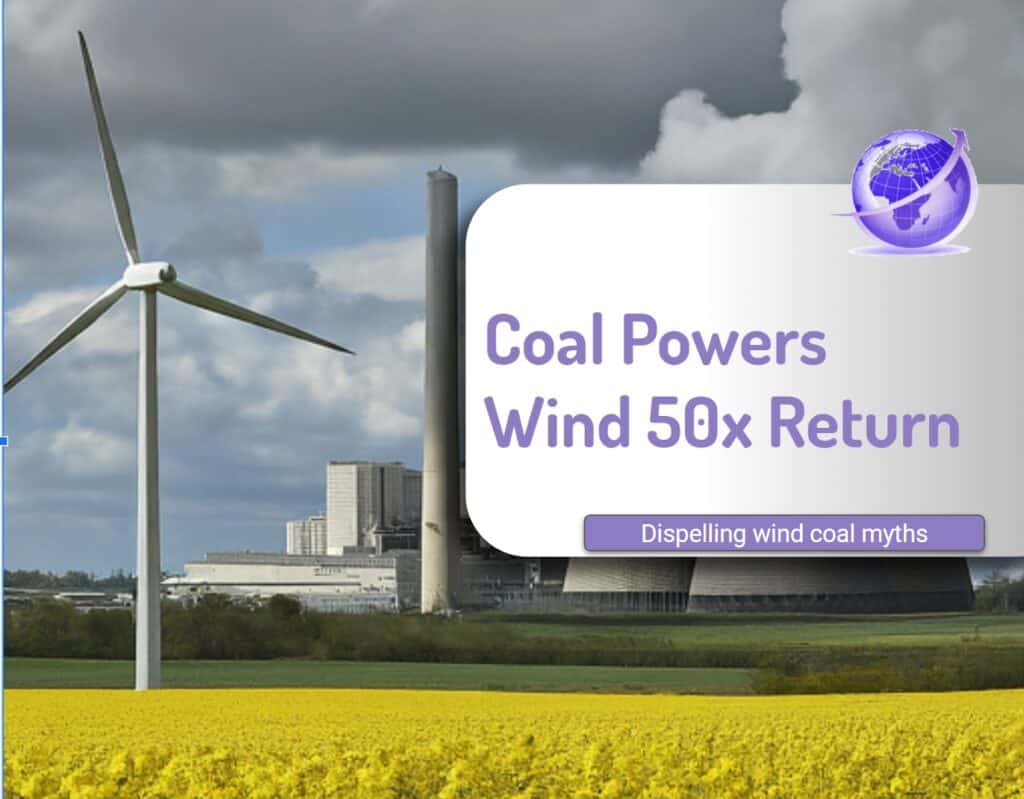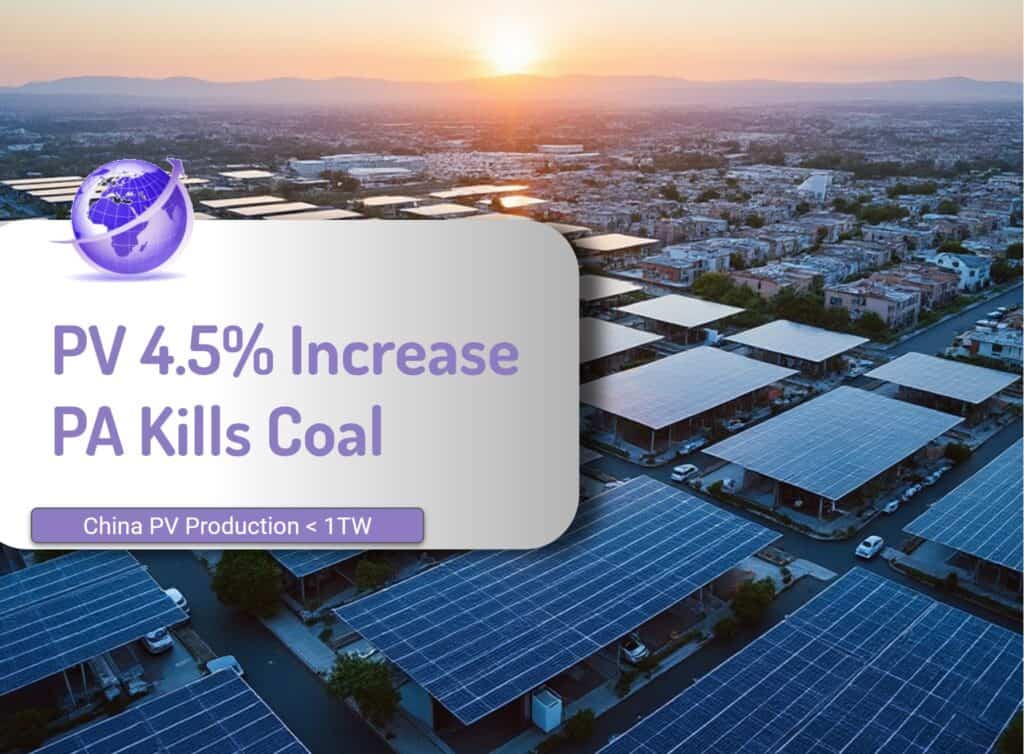Recycling Solar Panels Detailed Assessment
A detailed look at solar panel recycling. The egulators are aware and have pilot programs in place and ready to scale for up to ensure the tsunami of panels from 2030 can be recycled. A challenge is cost and over 80% are currently landfilled. By 2030 with right policies that can be brought up to over 60% or higher.
Recycling Solar Panels Detailed Assessment Read More »

